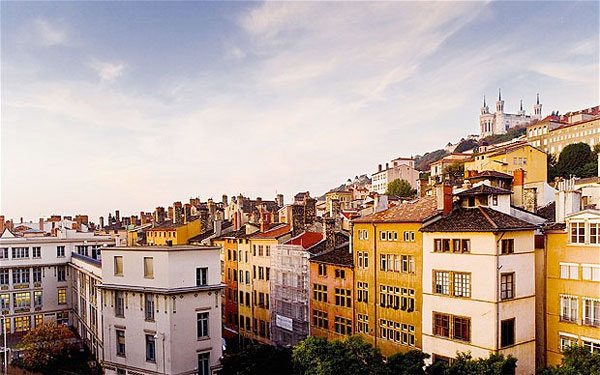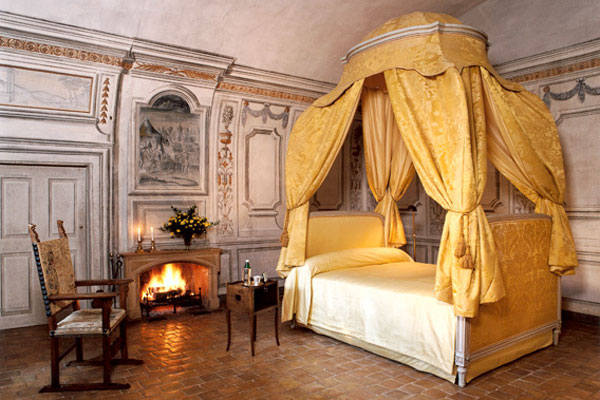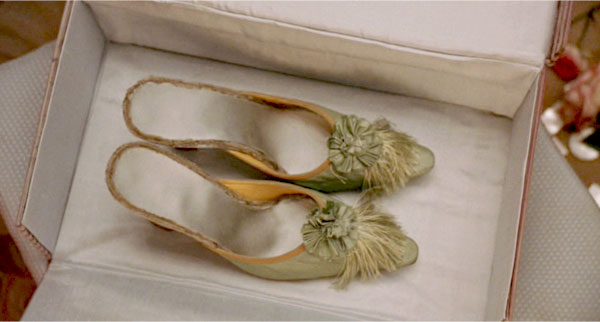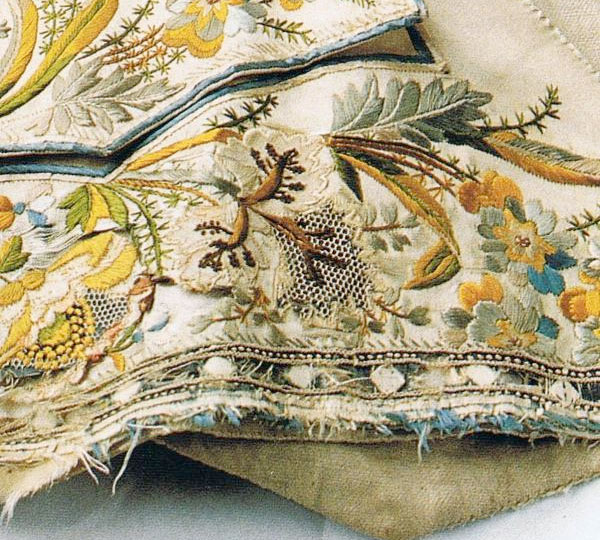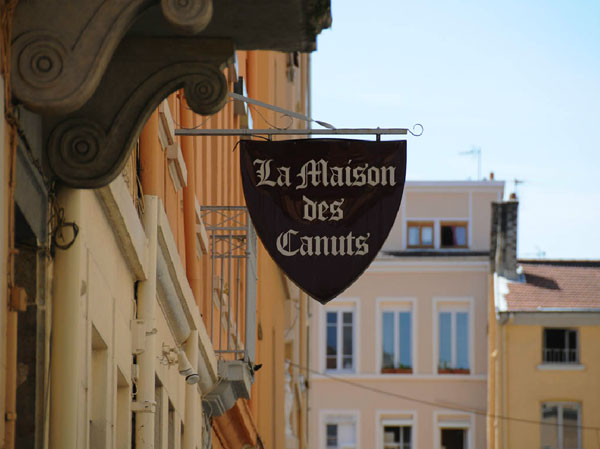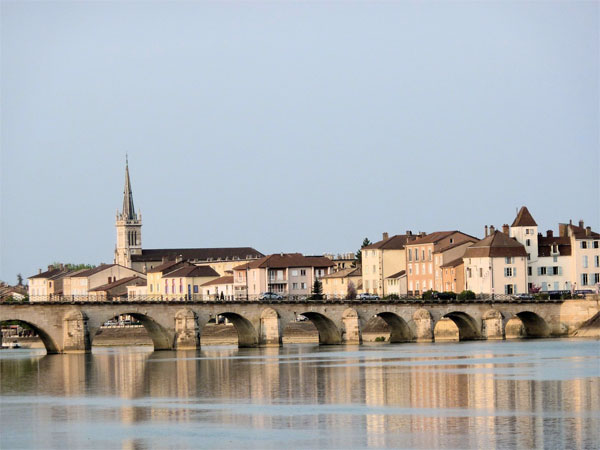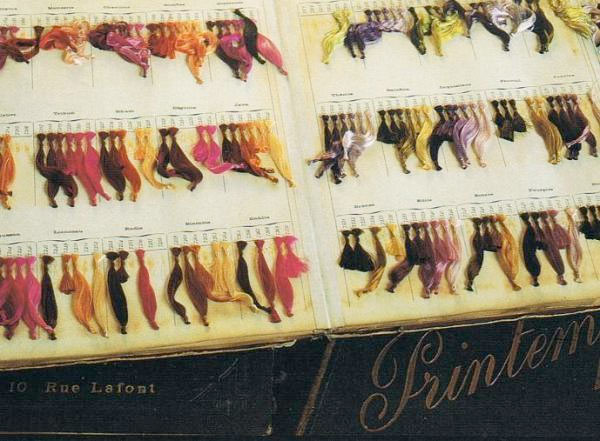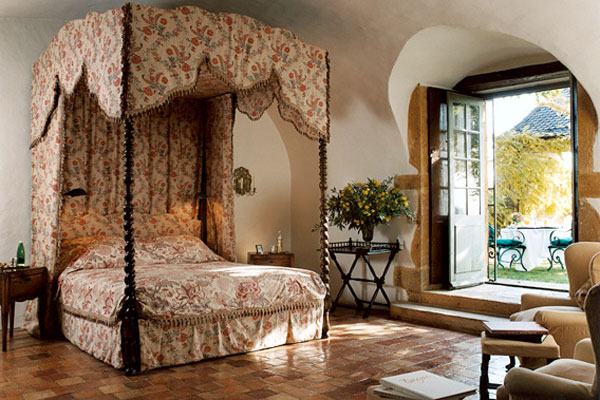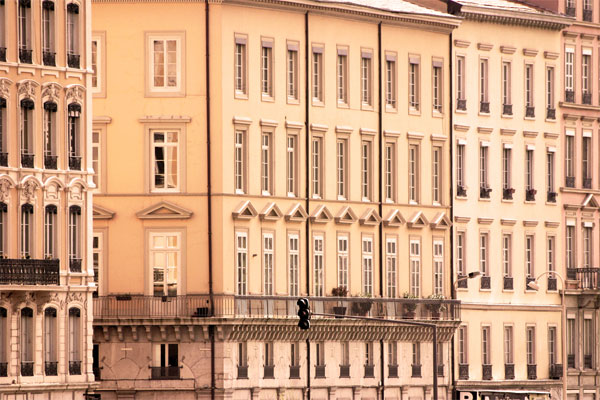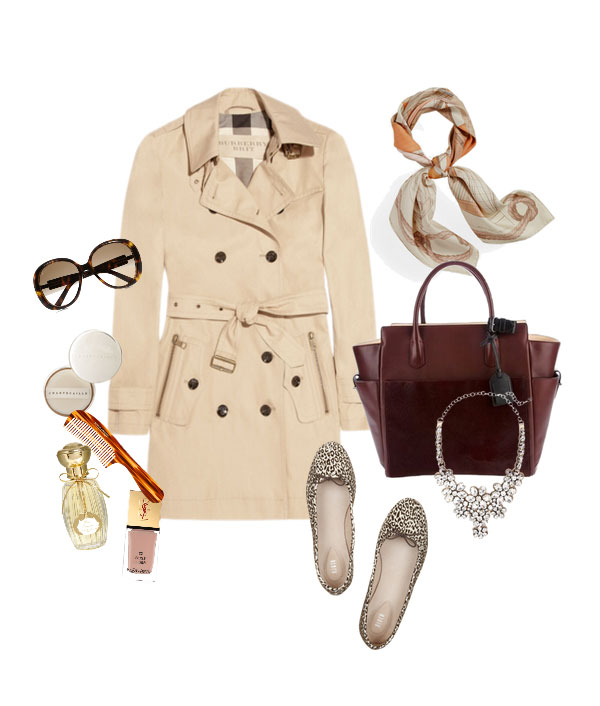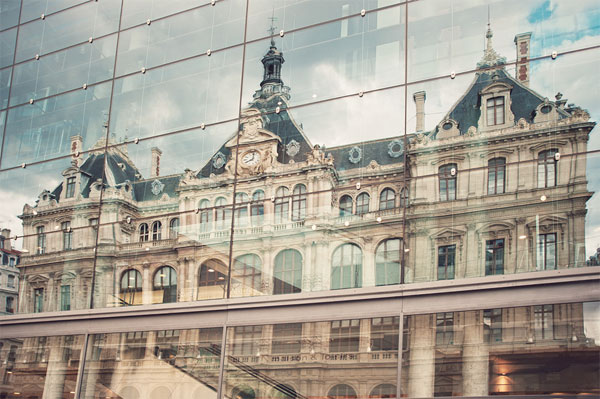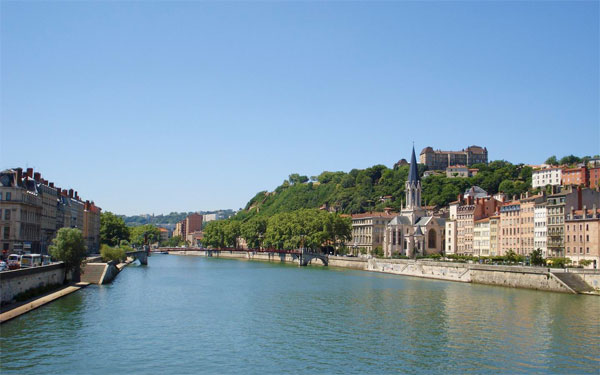Lyon—the capital of lights, a fascinating destination of beguiling Renaissance architecture and renowned cuisine, a sea of history and a library of beloved crafts — tucked in the Rhône-Alpes region of France, the city is situated between two well-known cities, Paris and Marseille. Home to 483,000 residents, also called Lyonnais, Lyon is considered to be one of the largest and most incredible cities in France . . .
Beyond its scale, it is also historically known for its importance in the weaving and production of beautiful, quality silks. Within its array of mansions, museums, shops and trailing cobblestone streets and quaint passageways, visitors will uncover far more than incredible Renaissance buildings and splendor—one will uncover care, imaginations of visionaries, and the works of hands that have helped shaped history for the city, and truly, for France.
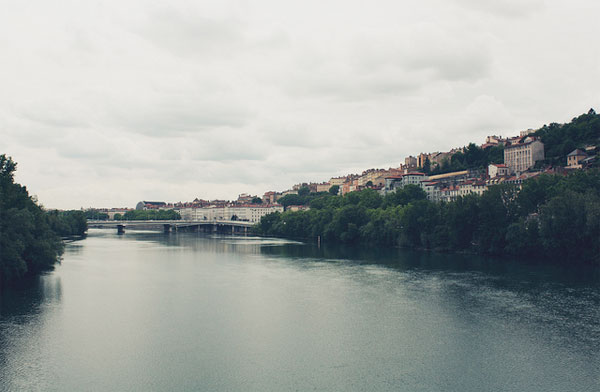
In fact, it is said that many of the passageways that remain in existence today are entirely unique to the city and were originally built for the silk weavers of yesteryear, for the weavers to be able to easily deliver goods between shops.
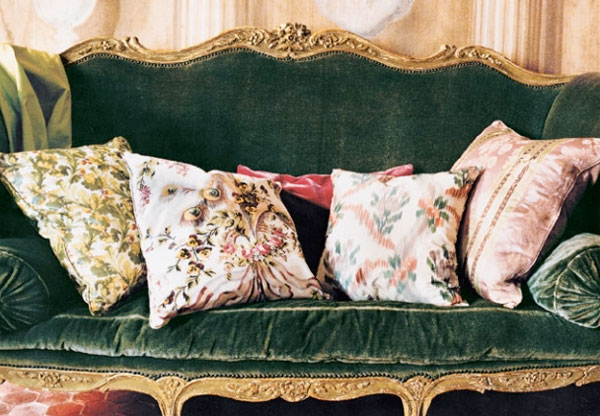
One can almost picture the bustling that would have taken place behind the scenes—oh to be able to follow them—as rich colours and textures would travel along, cascading past windows and doorways, and delivered into the hands of those who would no doubt transport them into the presence of Kings and Queens—to be adored and adorned amidst great nobility for centuries and centuries . . .
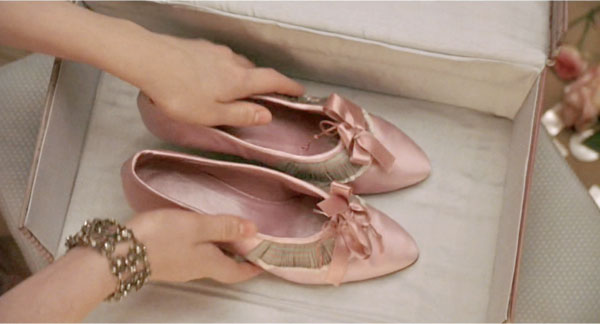
Above & below : Spanish shoe design Manolo Blahnik was commissioned to make hundreds of silk-covered shoes for Sofia Coppolia’s 2006 film, Marie Antoinette
{a little history . . . }
The significance of silk in Lyon dates back to 1466, when King Louis XI began to seek to develop a national silk industry within the city. However, it was under the influence of Francis I in 1535, that a royal charter was granted to two fine merchants, Étienne Turquet and Barthélemy Naris, to facilitate and develop a silk trade within Lyon. Five years after they commenced this great mission, the king granted a monopoly on silk production in the city.
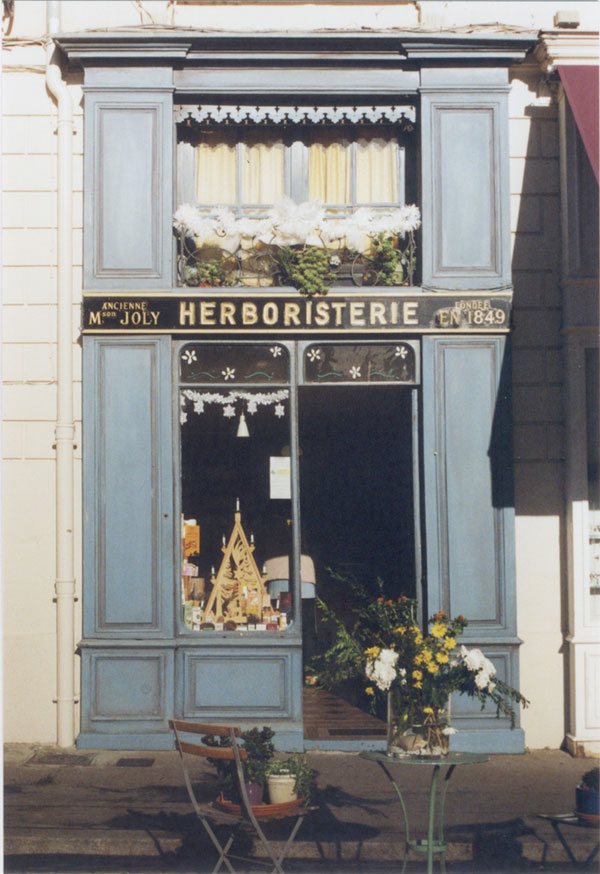
It was not long after that, that Lyon marked itself as the capital of the European silk trade, producing many reputable fashions, and moved beyond what was standard, and developing their own distinctive style, with an emphasis on landscapes. This trade created thousands and thousands of jobs and opportunities for local citizens, called canuts, who developed themselves to helping flourish the industry. In fact, by the mid-17th century, there were over 14,000 in constant use within Lyon.
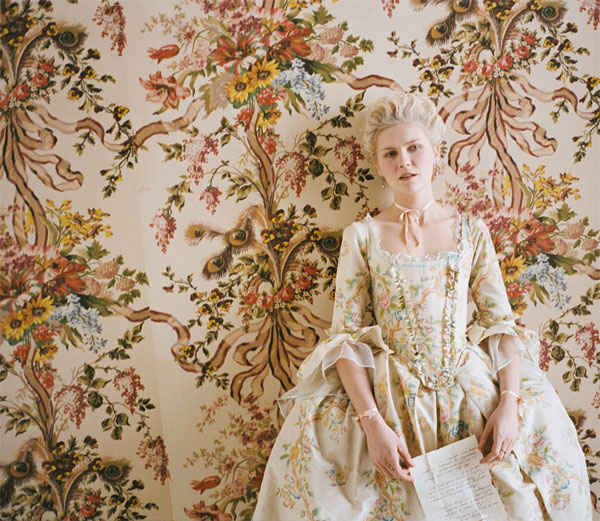
Above & below : more scenes from Marie Antoinette, which gave the opportunity for Maison Prelle, Lyon’s oldest furnishing silks factory, to once more weave some fifty or so precious fabrics discovered in its archives especially for the film, seen on the wall and in the carriage
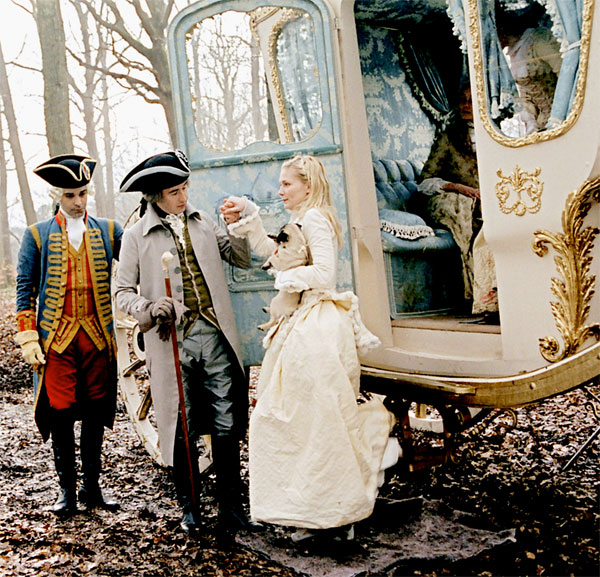
And though things have changed over the years, with revolutions and shifts in the market, Lyon remains key in preserving history, creating reproductions, and new designs that can be seen all over the world.
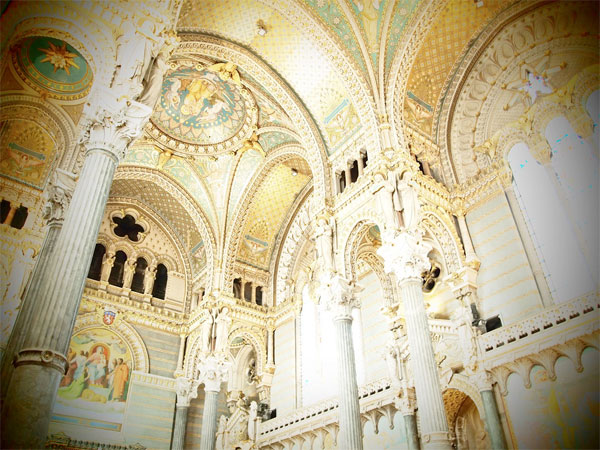
And so, today, we invite you to walk alongside as we tour some of the most incredible collections of traditional machinery, flip through pattern books dating back to the 1800s, visit shops to , and gaze up at some of the most grand gestures of craft that have been created in history . . .
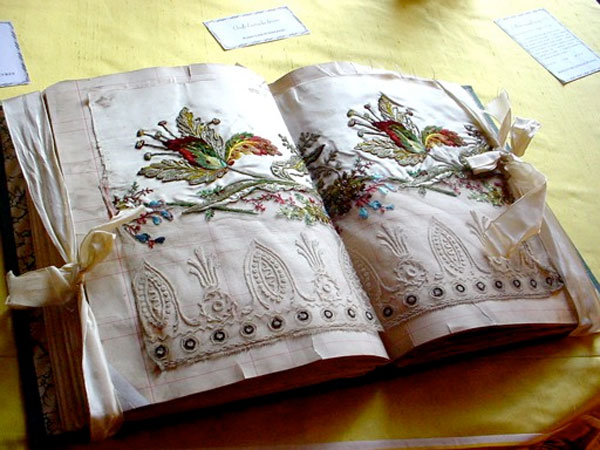
Above, 18th century French sample book, Prelle
01 | Prelle
Considered to be the oldest and one of the most prestigious weavers of silk, Prelle prides itself on being the only remaining company that has maintained its status as a family business. Supplying such places as castles, the Louvre, Chateau de Versailles, museums, historical homes, interior and fashion designers with works of art, Prelle preserves history [their workshop and mill date back to the late 1800’s] as well as embraces modern technology. With its large archive of thousands of documents, collected from the 18th century onwards, Prelle is able to reproduce and enjoys working with a number of different professionals on a variety of projects today.
{also of note : }
* the beautiful brocart you see now hanging in Louis XIV’s bedroom in the Chateau de Versailles in Paris, took 26 years to weave, and is made of gold, silk and silver; the pattern was chosen from the archives in 1962
* the silks of Prelle are also featured in the Opera de Monaco : one & two
02 | Maison des Canuts
Maison des Canuts is both a museum of silk weaving and a co-operative created to not only preserve the traditions of the industry within the city, but to also sell its own designs. The house hosts a wonderful and important collection of historical textiles and even holds examples of the famous Jacquard loom, still in use today. Visitors can enjoy a guided tour as told by authentic canuts [also known as silk-weavers] with details such as the history of silk, the life of a maker of silk, and how the textile industry has evolved.
03 | L’Atelier de Soierie
L’Atelier de Soierie is located within the historic district of silk manufacturers, and welcomes visitors to shop for beautiful ties, handkerchiefs, squares, scarfs, and more. They also have a workshop [with guided tours if you like] which invites visitors to discover the typical skills and crafts of the silkcreen process [also known as screen printing or “à la lyonnaise”], as well as how to work on silk, from the weaving to the manufactured silk square.
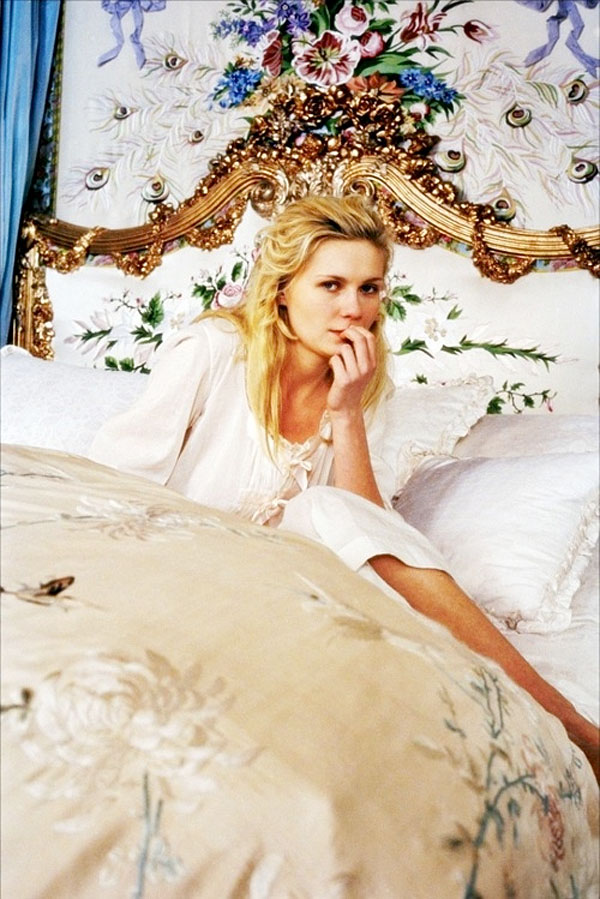
Above : more beautiful silks as seen in Marie Antoinette, 2006
04 | Musées des Tissus et des Arts Décoratifs
This wondrous museum is devoted entirely to the history of fabrics. Located within the previous residence of the Duke of Villeroy, and holds over 4,000 years of rich textile and fabric history. Some of the most notable collections include early Egyptian and Greek tapestries, silks and linens. One will also discover some of the incredible silk works that were once hung in Marie Antoinette’s rooms within the Palace of Versailles, as well as those of the Catherine the Great. Other intriguing exhibits may also be seen, created by the likes of Poco Rabanne and Christian Lacroix. Certainly a must for those who appreciate beautiful silks and fabrics of yesterday and today.
05 | Tassinari & Chatel
With a strong reputation for unparalleled craftsmanship, built up for more than three centuries, this house has dedicated its excellent works to producing pieces of exceptional quality, and have given much to the world of decorative haute couture. With a unique savoire faire, born from generations and generations before, and held on today, Tassinari & Chatel has and continues to supply royal imperial courts, couturiers and jewelers. Today, the same gestures of yesterday have been brought alongside new and fresh technology — a rarity in current times. Additionally, more than 15,000 documents exist within their extensive archives, of orders received over the centuries, and beautiful creations preserved.
[ON A SIDE NOTE : their creations can even be found within The White House in Washington, D.C]
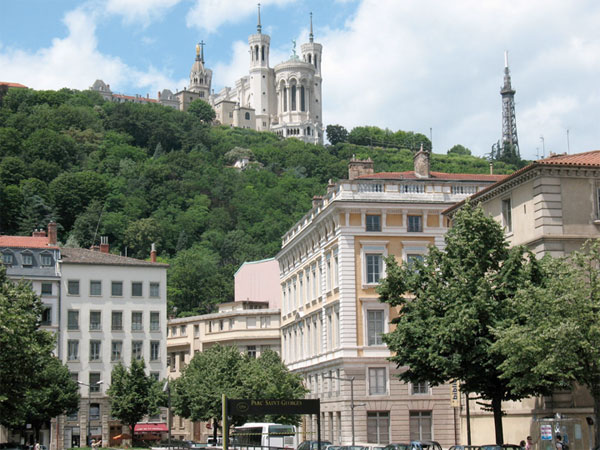
{a few additional places in our address book . . . }
* Atelier Charles Jouffre : 47 rue Alexis Perroncel 69100
* The Tousoie : 19 rue Auguste Comte 69002
* André Claude Canova : 26 Quai Saint-Vincent 69001
WHERE TO STAY
* Hotel Sofitel Lyon Bellecour
* Hôtel Le Royal
* Cour des Loges
[and close by, Château de Bagnols — a wonderful & enchanting escape]
WHERE TO EAT
* Brasserie Lyonnaise Les Négociants
* Paul Bocuse
* Brasserie Léon de Lyon
[interestingly enough, there is also a restaurant in Lyon called Silk Brasserie!]
WHAT TO PACK
Burberry Trench in cotton twill, €800 [similar here & here] /// scarf, Hermès /// Gucci square-frame sunglasses /// Chantecaille mini loose powder /// Reed Krakoff Burnished Bridle bag [similar here, in cream / python / black] /// Mason Pearson detangling comb /// Annick Goutal Heure Exquise Eau de Toilette /// Yves Saint Laurent La Laque Couture – 22: Beige Leger /// Valentino floral glass crystal necklace /// Bloch Leopard velvet-flocked suede ballet flats
